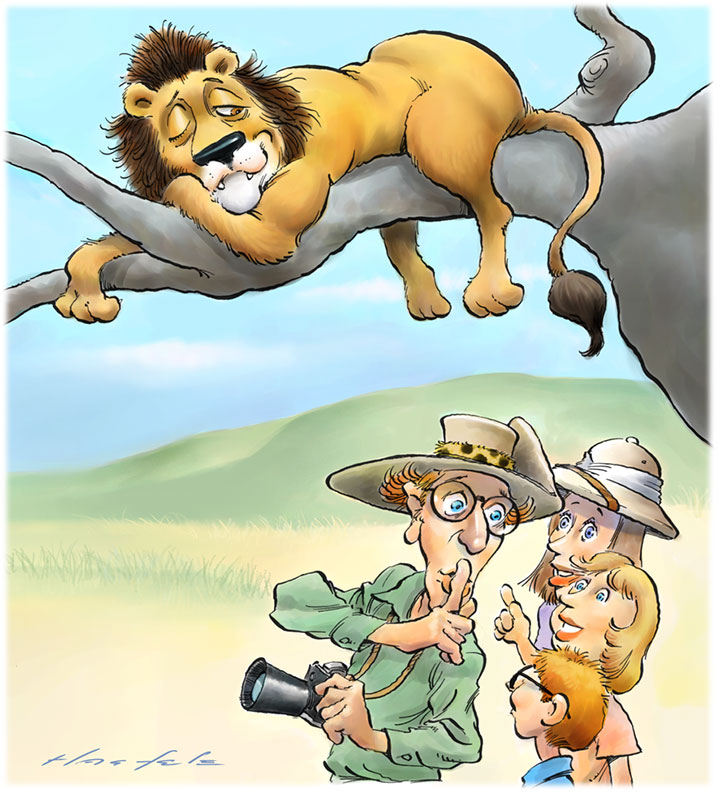Language is always evolving, so it has residual organs. Here in South Africa we are in what is called a game reserve, but I think of it as a wildlife reserve. The term “game” is left over from when people like Ernest Hemingway and Theodore Roosevelt went on safari to hunt “big game.” The vast majority of people who go on safari today are going to observe and enjoy nature, to experience for themselves the staggering beauty of the African wilderness. It’s a life-changing experience just to breathe the same hearty atmosphere as Africa’s incomparable wildlife: elephants, rhinos, lions, leopards, giraffes, zebras, hippos, etc. Today’s safari-goers shoot massive numbers of photographs and videos.
We are on a 10,000-hectare reserve, roughly 40 square miles of open range. The animals are conditioned to seeing the safari vehicles, so they don’t run away when they see us. The antelope and other prey animals are wary and watchful. They draw back. The elephants are curious and want to engage. The lions, at the top of the food pyramid, couldn’t be bothered. They barely notice us.
Our guide explained that the lions see our Landcruiser as a single entity. They don’t focus on the individual people in the vehicle, and we don’t register to them as prey. If they notice us at all, it’s with mild annoyance, as they might regard insects swarming around their heads. So, it’s possible to get very close to them, but not be in danger.
But though you’re not in danger, it might make your breath stop to find yourself a few feet from a lioness as she saunters by, her jaw hanging, revealing gigantic canines.

The big animals, especially the predators, are the central focus of our search for wildlife. But that’s only part of it. The whole experience of riding around the African veldt, observing the animals and plants and taking in the breathtaking vistas, is exhilarating.
The guides want to show you the entire range of wildlife, but they have to find them. You never know when you go out what you’ll see. It is hoped that over two or three days you’ll see the whole range of what’s there.
Everyone wants to see “the Big Five,” even if they can’t name them. That’s another holdover from big game hunting. The Big Five were the big animals that were the most dangerous to hunt on foot: lion, leopard, rhinoceros, elephant and buffalo. But they are only a few of the many fascinating animals you see in the African…
Click Here to Read the Full Original Article at The Taucker Travel Blog…